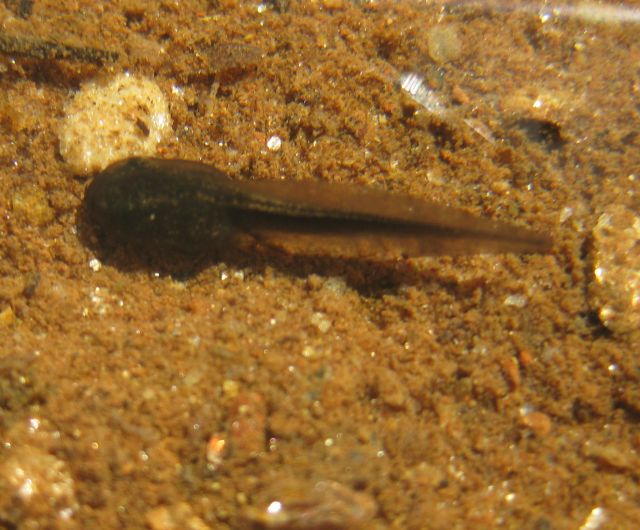If we accept that the living world around us did not just happen, but is the result of millions of years of adaptation and improvement the question rises for me – why do so many insects (and frogs etc.) go through metamorphosis? I am referring to whole-change or complete metamorphosis where the juvenile form (called a larva) looks very different from the adult form. Think of butterfly and moth caterpillars (larvae) which change into flying adults. Or mosquito larvae which live and feed in freshwater and then change into pesky annoying mosquitoes.
I am not thinking here of the social insects such as ants and bees which also have complete metamorphosis and live in colonies where they are fed and protected by the adults. I can understand that in a colony where everyone hangs out, it makes sense for the adults to take care of the kids and to groom them into community behavior and it is easier to feed and groom little dependent larvae.
But what purpose is served by having a caterpillar larva precede the dainty butterfly? After all, grasshoppers don’t have complete metamorphosis. Instead there is a juvenile looking grasshopper called a nymph (wingless and sexually immature) which grows to become an adult. Or the tadpole the frog?

I posted that I was reading up on biology and in addition to the $10 textbook I acquired, I recently purchased a competing version for $4 (cost 1 cent, postage $3.99) – Biological Science by Scott Freeman 2007 edition 1,300 pages which delves more into understanding the why’s of life around us.
The Freeman book offers two explanations for complete metamorphosis. First is feeding efficiency, in that the adults and larvae usually feed on different materials such as the butterfly larvae on my vegetables and the adult butterflies on nectar. So the kids are not competing with the adults for food, which improves the survival prospects of both adults and juveniles (the juveniles more than the adults). The second explanation for metamorphosis is based on specialization in feeding and mating. The juveniles are sexually immature meaning they cannot breed so they focus just on eating and since this is their specialty, they do so exceeding well. The priority of the adults is mating and procreation and indeed some adults do not eat at all as they dedicate their life to ensuring future life.
All attractive hypotheses for this phenomenon of metamorphosis, something I had noticed but not considered.
